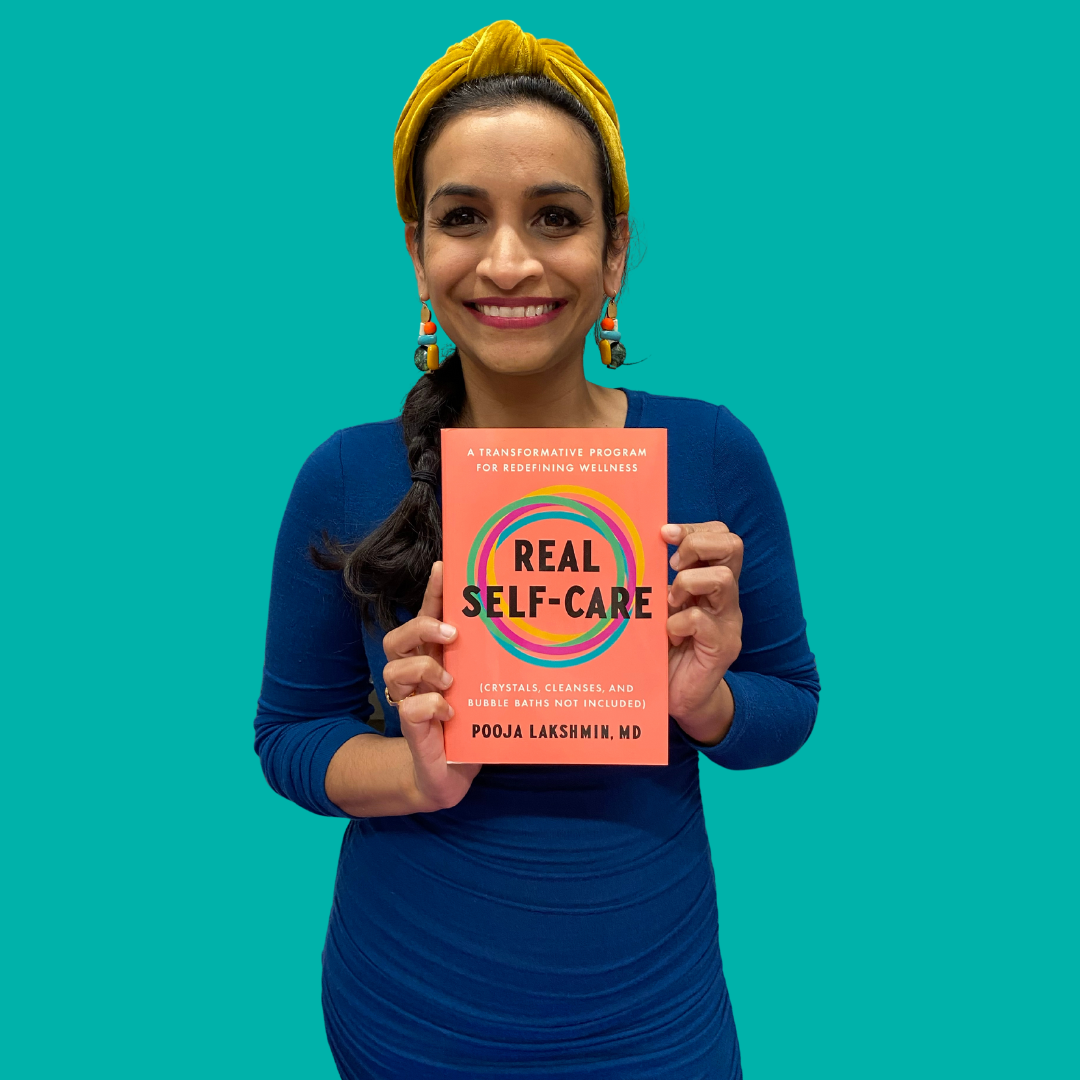Q&A With Kate Mullins
How long have you been practicing?
I’ve been working with children, teens and adults in the clinical sphere for seven years, practicing art therapy for three years, and I joined Sage House Therapy in September 2022.
What licenses and certifications do you have?
I am a Licensed Professional Counselor (LPC) and a Registered Art Therapist (ATR).
What are your areas of specialty?
I specialize in supporting clients in eating disorder recovery. I also support clients who struggle with anxiety, depression, trauma, grief, self-harm and suicidality. I enjoy helping clients build a relationship with themselves, develop their values, and explore patterns of thought and emotion.
What are your strengths and limitations as a counselor?
One of the hardest parts of being a therapist is sitting with clients in moments of discomfort, and not rushing to fix it. Despite years of practice, I still find it challenging to watch my clients be stuck. I got into a helping profession in order to help people, so it occasionally feels counter-intuitive to simply witness people. I had a professor who told me, “sitting with a client is like watching a butterfly come out of the chrysalis. You will see them struggle, poking through the gooey layers and attempting to tear through them. If you peel back the layers for the butterfly, the muscles in the wings will be too weak to fly. But if you allow the butterfly to struggle to come out, to push and break through the layers, it will develop the muscles that it needs in order to fly.”
As a therapist, I can offer compassion and reassurance. I can ask questions to provoke insight, and notice patterns that might not be apparent to you. I can provide tools, frameworks for understanding, and point you towards additional resources. But at the end of the day, the growth comes from the client. It’s my job to practice patience, and keep the faith that growth is always possible.
What is your general philosophy and approach to helping? Are you more directive or more guiding?
I think therapy looks a lot of different ways, and I love getting to know the client and finding out what therapy can be for that person. Some people need a space to feel, to cry and to rage. Some people need that space to think, to come up with a game plan and take action towards next steps. Some people need that space to play, to find joy and rest. Over the years, I’ve learned that there is no “recipe for therapy,” and every time I meet a new client, we’re building something new together.
How often do you seek peer consultation?
Almost daily! The other therapists at Sage House are such a remarkable group of providers. I enjoy collaborating with them between sessions. I also have a community of other eating disorder providers (therapists, dietitians, psychiatrists and physicians) that I consult with regularly, because eating disorder cases have complex therapeutic, dietary, psychiatric and medical components.
How do you create a safe and trusting environment for your clients?
At the beginning of therapy, I provide guidance about what therapy could be like, and then invite the client to begin creating a therapeutic space that works for them. I encourage clients to find rituals in therapy that will allow for consistency and safety. For children that might look like playing a game of catch at the end of every session, or putting away the art supplies. For adults, that might look like starting each session by reflecting on the past week, or writing down their takeaways from the session on a sticky-note to take home. The rituals allow for containment of all that is shared and felt in therapy.







